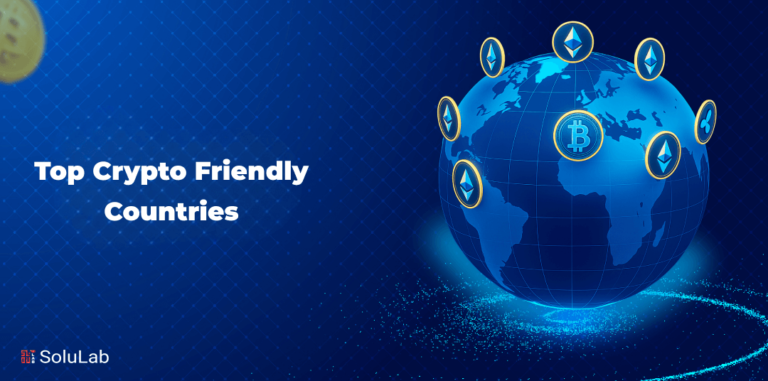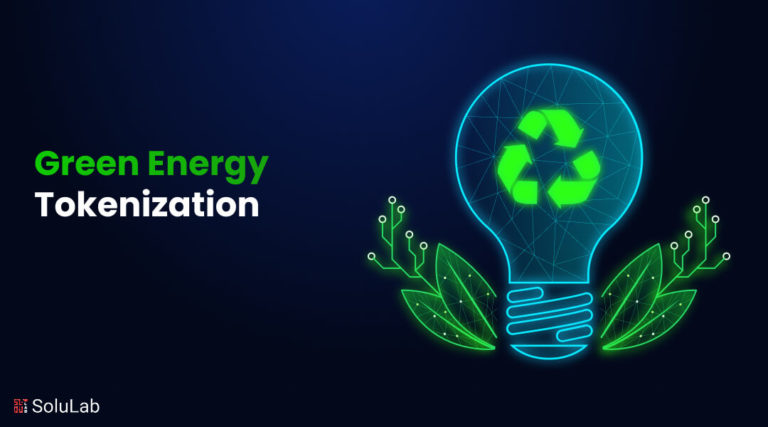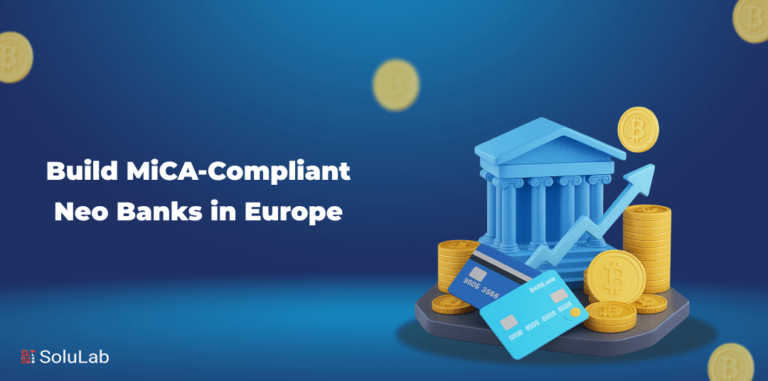If the promises of Web 3 come true, we might witness the most dramatic shifts society has ever seen.
“This machine is a server. DO NOT POWER IT DOWN!!” — Tim Berners-Lee 1990
Let’s start at the beginning. The web was created in 1990. Its first version, Web 1, was simple. You open a web browser, type in a website and hit enter. Once the website loads on the screen, you can browse around.
No one controlled Web 1. As long as you have an internet connection, you can access web pages to read, browse, and buy stuff. Web 1 obeyed a standard, global, and open protocol: HTTP.
But the user experience was limited. We would visit websites to explore but never to create content on our own. That privilege was for a select few: programmers. In Web 1, most of us were merely consumers of content created by others.
This version of the web lasted until 2004. Then Facebook came, and with it, the social media revolution or what’s known as Web 2. Instead of simply browsing, Facebook, Twitter, and Youtube allowed anyone to create content. No coding skills were needed. People can write posts, upload pictures, share and like videos, and connect with other people. In Web 2, you are a consumer and creator.
Web 2 is the era we live in. And while it changed our lives in many good ways, it created several problems.
Instead of a free and open web, the internet is now entirely controlled by a few companies. Financial inequality grew as owners of Web 2 platforms — Zuckerberg & friends — became the big winners. In contrast, the rest of us are unpaid participants.
When we post, like, share, and comment, we either don’t make any money or get a tiny fraction of the value we add. Yet, we — the users — are the pumping heart of these platforms. Without us, they’re nothing.
In Web 2, we have no control over our data, where it’s stored, and with whom it’s shared. Platform owners collect and sell our data to various companies, sometimes without even our consent. And what do we get from this sweet deal? Nothing tangible except custom ads and recommendations.
This absence of ownership leads to a lack of privacy and anonymity. Users who live under oppressive regimes are at serious risk when using Web 2 platforms. Governments can track users and block entire websites to quench unwanted ideas and opinions.
And, of course, we have the issue of censorship. We’ve seen how Web 2 platforms suspend accounts, delete posts, and ban users just because their opinions don’t align with the “politics” of the platform.
To fix these problems and more, some entrepreneurs and engineers are creating the next generation of the web: Web 3.
Web 3 is decentralised. This means the network runs on millions of computers worldwide, not some localised data centres owned by companies. This decentralised network is inspired by the blockchain — the technology behind Bitcoin and cryptocurrencies.
You can also read : Making Real Estate investments liquid with blockchain technology
Applications built with Web 3 protocols — known as dapps (decentralised apps) — cannot be shut down by entities, corporations, or governments. Anyone with a computer can take part in running the network.
In Web 3, users and builders alike can earn money and make a good living. This is possible because dapps and other Web 3 services are powered by cryptocurrency tokens. Every time you use, improve, and interact, you earn tokens. The more you participate, the more tokens you accumulate. The tokens you earn will appreciate. You can either hold onto your earnings or exchange them against fiat currencies.
In today’s business world, most of us cannot invest in startups and early ventures either because we don’t have enough capital or we live in the wrong countries — think Tunisia, Pakistan, and so on. Web 3 breaks this inequality. Thanks to decentralisation, people from anywhere and from any social layer can invest in projects in their infancy.
Because Web 3 is built on the principle of shared ownership, everyone has “skin in the game”. When a Web 3 platform grows and succeeds, all win, not just a select few. In Web 3, you are a user, a creator, but most importantly, an owner.
“Web 3 is an internet owned by users and builders, orchestrated with tokens” — Chris Dixon.
Let’s recap:
Web 1: read-only but is open to everyone.Web 2: You can read and create, but it’s centralised. You are not an owner. Power and ownership belong to a handful of companies and individuals.Web 3: the best of the two worlds. It’s decentralised and open. Browse, create, and own.
In Web 3, you own your data. You can even get paid to lease it. This level of control is possible due to digital private keys. Your data are the equivalent of a digital safe deposit. Only you have the keys to open the safe.
Do you want custom ads and news feeds? Easy. Sell some of your data to advertisers, so they know a bit more about you. Select who can access your data and who can’t. Select the bits you want to share and the bits you want to keep secret. You are in total control.
“With Web 3, we finally have private property on the internet.” — Naval Ravikant.
Web 3 applications are built with open-source software. Open-source means anyone can access the code, read, edit, and improve it. This transparency is unlike the software Web 2 companies build.
Picture the difference between open-source and corporate software as homegrown vegetables versus processed food. One food you know everything about, the other is packed with unknown chemicals.
Companies that don’t use open-source will struggle with problems that other companies have already solved. They will waste time and resources reinventing the wheel.
With open-source software, you solve each problem once. Suppose someone builds a piece of software to solve a specific issue. In that case, another engineer can simply reuse that code, improve it, or tweak it for their personal use case.
If a community grows unhappy with a Web 3 platform, they can simply clone the entire software then build the features they want using their new copy. In software jargon, this is known as forking. Open-source software gets forked all the time.
There is yet another powerful feature of open-source: composability. Entrepreneurs and programmers won’t need to build applications from scratch. Instead, they can combine various pieces of open-source code to create custom software that matches their goals. Applications plug into each other like lego blocks. Because of their composability, Web 3 projects move forward dramatically fast.
“Composability is to software what compound interest is to finance.” — Chris Dixon.
Composability is a powerful concept not only in open-source but in all sorts of creative endeavours. Web 3 communities can write books, movie scripts, or create art collectively instead of working solo.
Imagine if the next Star Wars movies are owned and managed by die-hard fans on a Web 3 platform. They get to vote and decide how to move the story forward. I bet the result would be more exciting than the sequels we’ve seen so far.
We know how difficult it is for talented people to monetise their passions. Scientists lack funding. Artists don’t sell. Web 3 will change that. People would monetise their passions, whatever that passion is. Thanks to non-fungible tokens (NFTs), painters, poets, scientists, and musicians can sell digital rights to their creations or share ownership with a dedicated community.
When we build markets that truly reward creative people, two things happen. First, creative people are paid what they deserve. Second, many people are inspired to follow their passion instead of abandoning their dreams. As a result, there will be an explosion of smart people doing creative things. And society as a whole will prosper like never before.
Products built with Web 3 protocols won’t need any marketing. Users, who are owners, do the marketing. When people own part of a venture, when they have skin in the game and participate, they will speak about it, spread the word, and motivate others to join.
The most powerful feature of Web 3 is the DAO (decentralised autonomous organisations). A DAO is like a government built on top of Web 3 protocols. DAOs don’t have a central authority, or a prime minister, or a president. Instead of restricting power to a few, everybody can vote on decisions. DAOs let people govern, work, hire, design, and allocate resources collectively.
DAOs are more transparent than traditional organisations since all the funding, decision-making, and transactions live in open and public databases. Yes, publicly traded companies issue financial statements every quarter. But, a DAO’s balance sheet is accessible at any time — down to every single transaction. These features make DAOs corruption-proof.
An Uber-like DAO is owned by drivers and riders, not some corporate magnates. As a DAO member, you have a saying in the governance and decisions. You can cast your votes on what features to add and how to improve services. Whereas in Web 2, you and I have no say on running the platforms we use. Web 3 gives you the chance to own a piece of every platform you use because decisions and governance are community-driven.
“Instead of putting taxi drivers out of a job, Web 3 puts Uber out of a job and lets taxi drivers work with the customer directly.” — Vitalik Buterin.
The best thing about DAOs is they offer a playground to test different types of governance and decision making. We get to experiment, permutate and improve the way we lead quickly. As a leader, you’ll have the chance to observe and study DAOs. Then, steal the best decision-making protocols and implement them in your organisation. Whether you work in the military, NGOs or run an entire government, DAOs will help you lead better.
You can also read : 4 big problems to solve in crypto
Of course, a transition to Web 3 will have its challenges. Some people think that community-driven governance is great in some situations but not so great in others. Could a big community be as forward-looking and risk-taking as a person or a small group of people? Would a DAO give rise to risky and bold ideas such as the iPhone, SpaceX, or psychedelics research? We must address these questions and challenges to move forward with a Web 3 that works for everyone.
For the majority to join the Web 3 revolution, pioneers must offer far more compelling products and services than existing ones. At the moment, Web 2 companies have too big of an advantage. With their vast earnings, billions of users, and cutting-edge infrastructures, they still outpace any competition. Also, don’t expect corporations to sit idle while Web 3 destroys their centralised empires. They will fight back and in sneaky ways.
“Pushing against Web 3 is basically pushing against a future that is collectively owned by everyone instead of a select few.” — Naval Ravikant.
On paper, Web 3 is a winner by design. But for a Web 3 future to happen, leaders and builders seeking a just and equal society must take the first steps. I’m talking programmers, entrepreneurs, investors, scientists, and politicians. Only then will the masses follow.
Web 3 is decentralised, community-driven, secure, and private. It is built with software that is open and composable. Its products and services will be of quality and reach like anything we’ve seen in Web 2. Web 3 promotes democracy at all levels of society. In Web 3, we cease to be exploited; everybody wins. Whether you’re an employee busting long hours, or an underpaid artist, or a leader struggling to make the right decisions, Web 3 will improve your life. That’s why, sooner or later, you and I, and everybody else, will naturally forsake today’s web for a better web.
Credit : Medium




